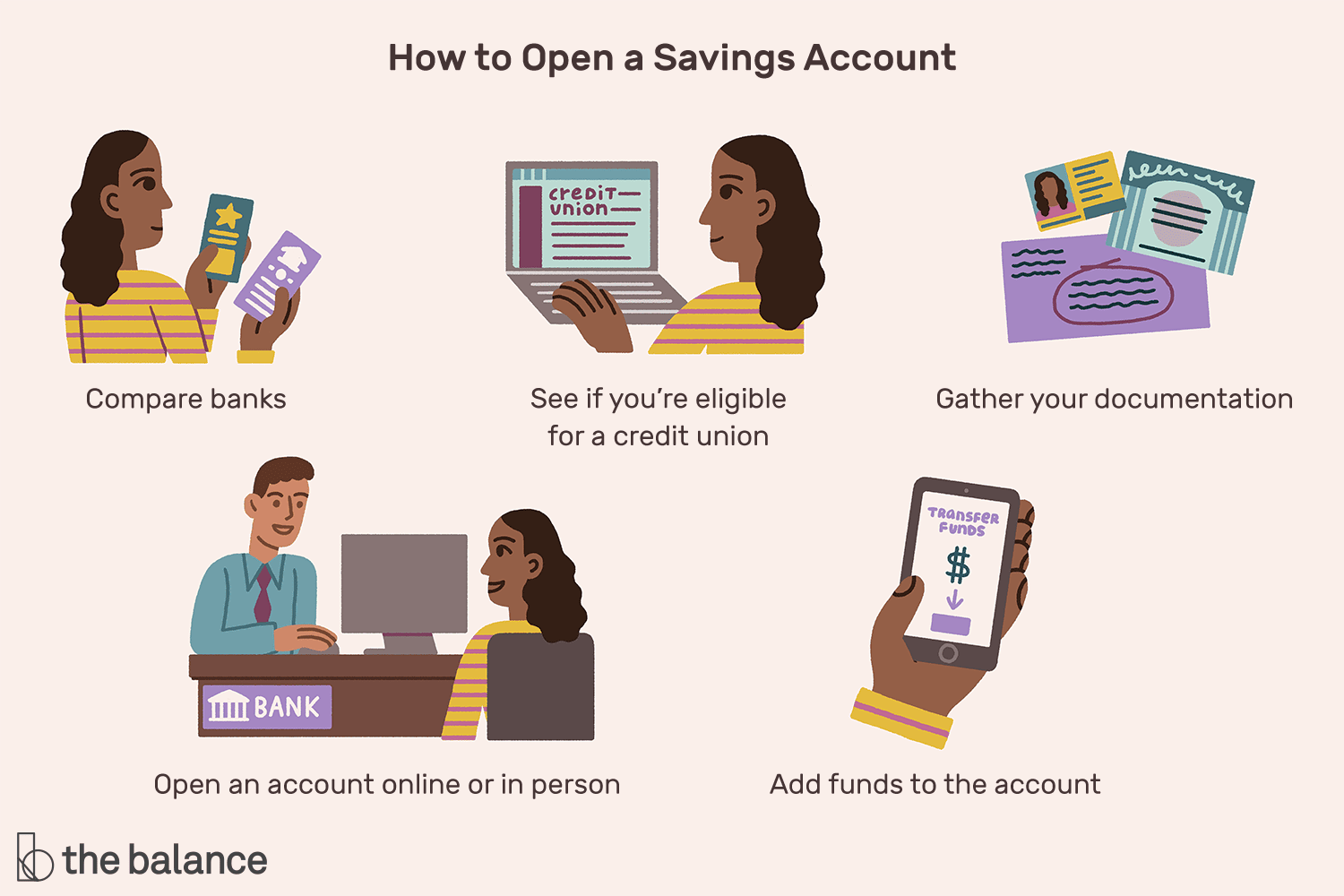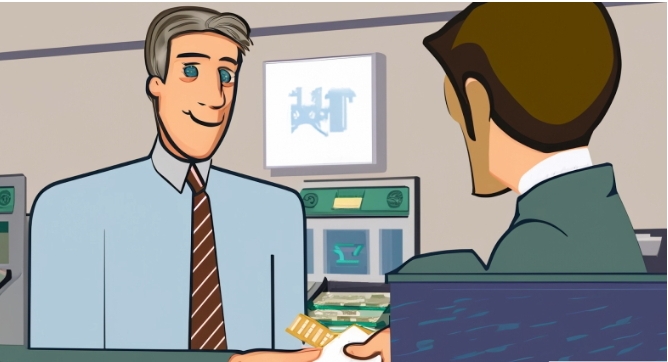Pros And Cons Of Savings Account With Automatic Savings Features
Thinking about using a savings account with an automatic savings feature? Let’s weigh the pros and cons to see if it’s right for you:
Pros:
Effortless Saving: Once set up, it automatically transfers money. You save without thinking.
Small Amounts Add Up: Rounding up transactions or transferring small sums doesn’t feel like a big hit to your budget, but over time, it adds up.
Builds Saving Habits: Automatically saving helps develop consistent saving habits without the manual effort.
Customizable: You can usually set rules that fit your financial situation, adjusting how much and when you save according to your cash flow.
Out of Sight, Out of Mind: Money moved automatically into savings is less tempting to spend.
Cons:
May Miss Higher Interest Opportunities: These accounts often have lower interest rates compared to other savings options like high-yield accounts or CDs.
Overdraft Risk: If not monitored, automatic transfers could lead to overdraft fees if your checking account runs low.
Lack of Flexibility: Fixed automatic savings don’t account for changing financial situations; you might save too much or too little depending on the month.
Potential Fees: Some banks might charge for having an automatic savings account or for transferring funds.
Minimal Control:
Since saving is automatic, you have less day-to-day control over the amount saved, which might be an issue if you prefer hands-on financial management.
Each feature of an automatic savings account has its benefits and drawbacks. Weighing these will help you decide if the ease and steady habit-building of automatic savings align with your financial goals and lifestyle.








